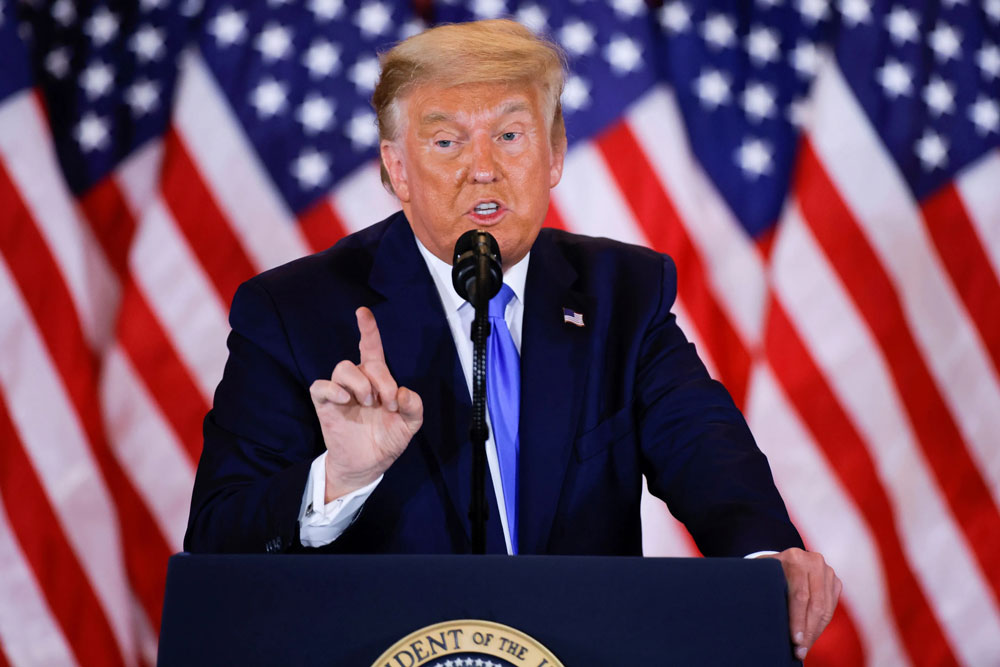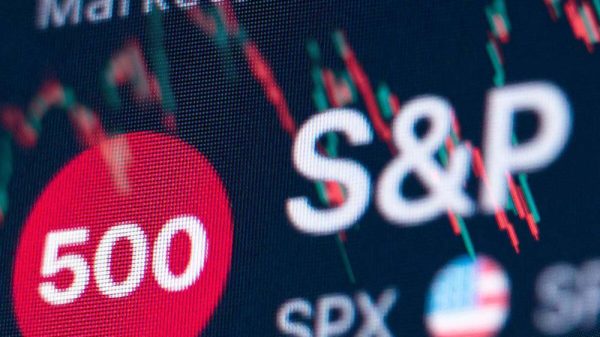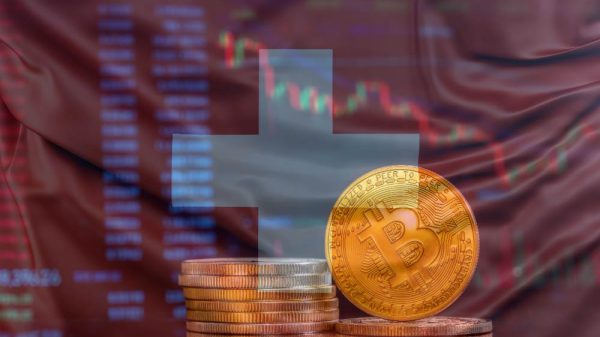In a bold move that could further shake the global trade landscape, U.S. President Donald Trump has announced an additional 10% tariff targeting countries that align themselves with the “anti-American policies” of the BRICS bloc. This declaration comes as the BRICS group, consisting of Brazil, Russia, India, China, South Africa, and other key developing nations, convenes for its annual summit in Rio de Janeiro, Brazil.
Trump’s Tariff Threat
Trump issued his warning via Truth Social on Sunday evening, stating, “Any country aligning themselves with the Anti-American policies of BRICS will be charged an additional 10% tariff. There will be no exceptions to this policy.” He did not elaborate on what specific BRICS policies were deemed “anti-American” but seemed to respond to a joint statement released by BRICS leaders over the weekend.
The BRICS statement criticized unilateral protectionist measures, including tariff increases, as disruptive to global trade and harmful to economic equality. Without directly naming the U.S., the bloc took aim at policies they described as inconsistent with World Trade Organization (WTO) rules.
The BRICS Summit and Its Implications
The BRICS bloc, which includes emerging economies like China and India as well as recently added members such as Saudi Arabia and Ethiopia, has positioned itself as a challenger to the Western-dominated global financial order. The group aims to diminish reliance on the U.S. dollar in international trade and promote a multipolar world order.
This year’s summit saw member nations rally against what they termed “unjustified unilateral measures,” offering symbolic support to Iran amid ongoing tensions with the U.S. and Israel.
China, speaking through a foreign ministry spokesperson, criticized Trump’s tariff threat, calling it coercive and unhelpful. “Arbitrarily slapping tariffs does not serve the interests of any party,” the spokesperson said during a press briefing, reinforcing China’s opposition to trade wars.
Delayed Tariffs and Investor Concerns
The tariffs Trump announced in April, initially set to take effect on July 9, have been postponed to August 1. Treasury Secretary Scott Bessent confirmed that letters detailing specific tariff rates and agreements will be sent to affected countries starting Monday.
While Bessent downplayed this as a “new deadline,” the announcement has sparked unease among investors and U.S. trading partners, who fear escalating trade tensions could destabilize global markets.
Trump’s April announcement of steep tariffs had already caused ripples in international trade, but a 90-day pause eased immediate concerns. With the deadline now looming, countries have limited time to negotiate deals with Washington to avoid the extra duty.
The Bigger Picture
Trump’s latest move adds fuel to an already tense global trade environment. Stephen Olson, a former U.S. trade negotiator, suggested that the president’s reference to “anti-American” policies likely pertains to BRICS’ efforts to reduce U.S. influence in global finance and governance. However, Olson noted that how the U.S. determines alignment with BRICS policies remains unclear.
With its growing membership and ambitions to reshape the global economic order, the BRICS bloc presents a significant challenge to traditional Western dominance. Trump’s tariff threat may be an attempt to counter this rising influence, but it risks further isolating the U.S. from key global players.
As the August 1 tariff deadline approaches, the world will be watching closely to see how this high-stakes game of trade politics unfolds. Will nations bend to U.S. demands, or will they double down on their alignment with BRICS? One thing is certain: the global economic landscape is entering uncharted territory.











